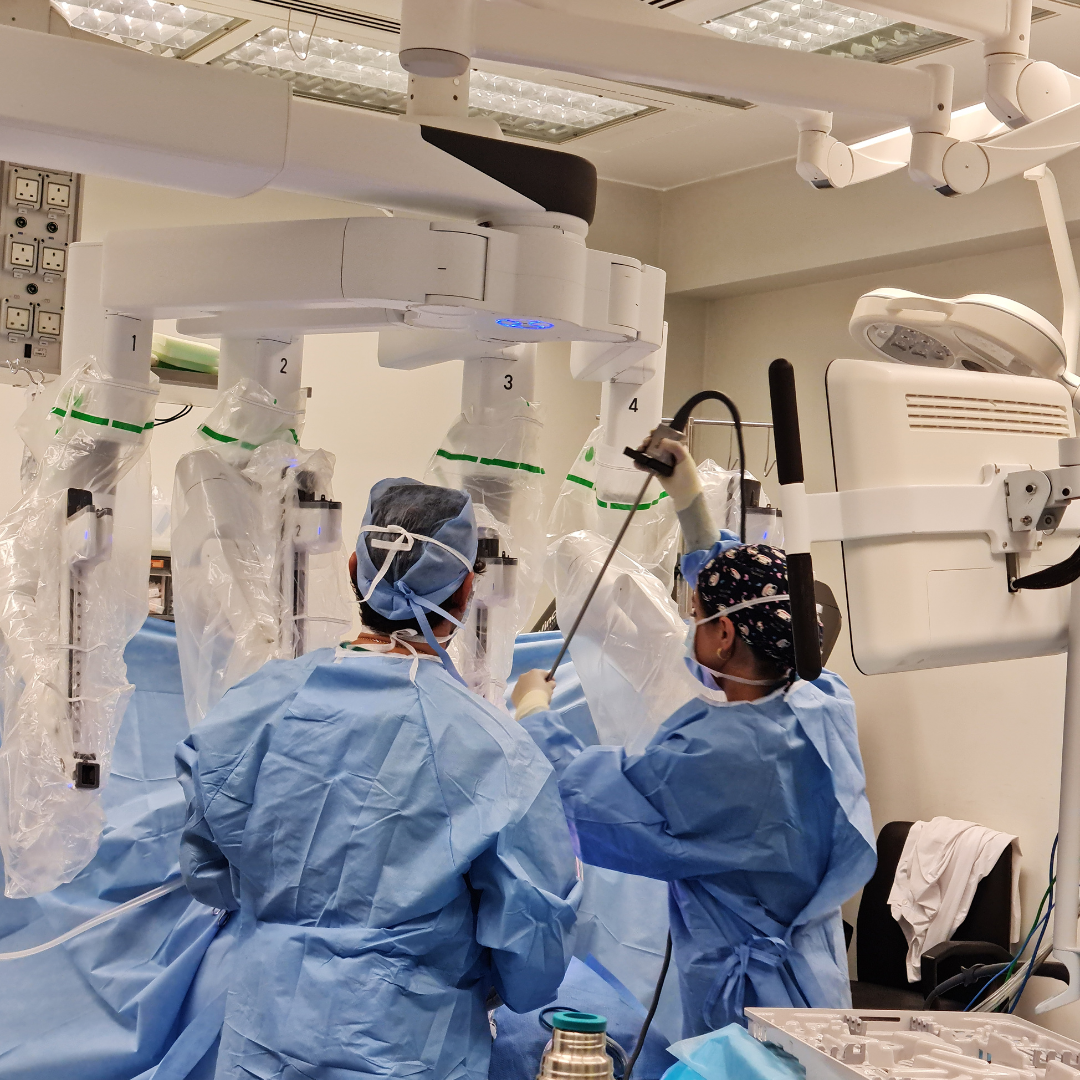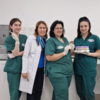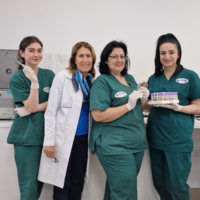
The realm of healthcare is constantly evolving, and in recent years, one revolutionary advancement has been garnering immense attention: robotic surgery. This cutting-edge technology has taken medical procedures to unprecedented heights, offering a myriad of benefits that are transforming the way healthcare groups operate. Let's delve into the transformative power of robotic surgery and explore the numerous advantages it brings to the table.
Precision and Accuracy
Robotic surgery has emerged as a game-changer due to its unparalleled precision and accuracy. Healthcare groups are embracing this technology for its ability to perform intricate surgical procedures with incredible precision, surpassing the capabilities of human hands alone. Robots are equipped with high-resolution cameras, allowing surgeons to view the surgical site in 3D with exceptional clarity. The robotic arms offer steady, tremor-free movements, reducing the risk of errors and complications during surgery. This heightened accuracy empowers our doctors to achieve better surgical outcomes, minimizing potential complications and post-operative discomfort for patients.
Minimally Invasive Procedures
The advent of robotic surgery has paved the way for minimally invasive procedures, which have become a preferred choice for many patients and healthcare groups alike. With smaller incisions, patients experience reduced pain, shorter hospital stays, and faster recovery times. This not only enhances patient satisfaction but also optimizes the utilization of healthcare resources by freeing up hospital beds and reducing overall healthcare costs.
Expanded Capabilities
Robotic surgical systems are highly adaptable and can be utilized across a wide range of medical specialties. We can now perform complex procedures in various fields, including urology, gynecology, cardiology, and oncology, among others. The versatility of robotic surgery broadens the horizons of medical treatment options, leading to a comprehensive approach to patient care within healthcare groups. As technology continues to evolve, new applications and possibilities emerge, further enriching the healthcare landscape.
Surgeon Training and Skill Enhancement
Integrating robotic surgery into healthcare groups not only benefits patients but also provides a unique opportunity for surgeon training and skill enhancement. Surgeons can undergo specialized training to operate robotic systems, ensuring they are proficient in utilizing the technology to its full potential. As a result, we can ensure a consistent standard of care across their surgical teams, offering patients the best possible outcomes.
Data-Driven Insights and Continuous Improvement
Modern robotic surgical systems are often equipped with data capture and analysis capabilities. These systems collect valuable data during surgical procedures, offering healthcare groups valuable insights into performance metrics, surgical techniques, and patient outcomes. Such data-driven insights facilitate continuous improvement, allowing healthcare groups to refine their processes and enhance patient care. By leveraging these analytical capabilities, healthcare groups can foster a culture of evidence-based practice, ultimately leading to better patient outcomes and increased patient trust.
Robotic surgery is undoubtedly a transformative force in the healthcare industry, redefining the landscape of medical procedures. From precision and accuracy to expanded capabilities and data-driven insights, healthcare groups are embracing this innovative technology for the myriad of benefits it offers. Robotic surgery represents not only a significant step forward in medical science but also a powerful tool to optimize patient care, improve efficiency, and contribute to the betterment of the healthcare ecosystem as a whole. As this technology continues to advance, it holds the potential to make healthcare even more patient-centric, accessible, and effective, ushering in a new era of medical excellence.









